Japan's Tinsekikan Museum collects face-like stones
If you are ever near Tokyo, stop by the town of Titibu, where one of the most unusual museums in the world is located. Its former owner spent more than 50 years collecting stones that resemble human faces.
From the face of Jesus to Elvis Presley, the Tinsekikan Museum boasts an extensive collection of 1,700 stones, 900 of which have "faces". You'll also find a bunch of politicians, like Boris Yeltsin, other celebrities, and even video game characters.
The creator of the museum died in 2010, and now the curator of Tinsekikan is his daughter.
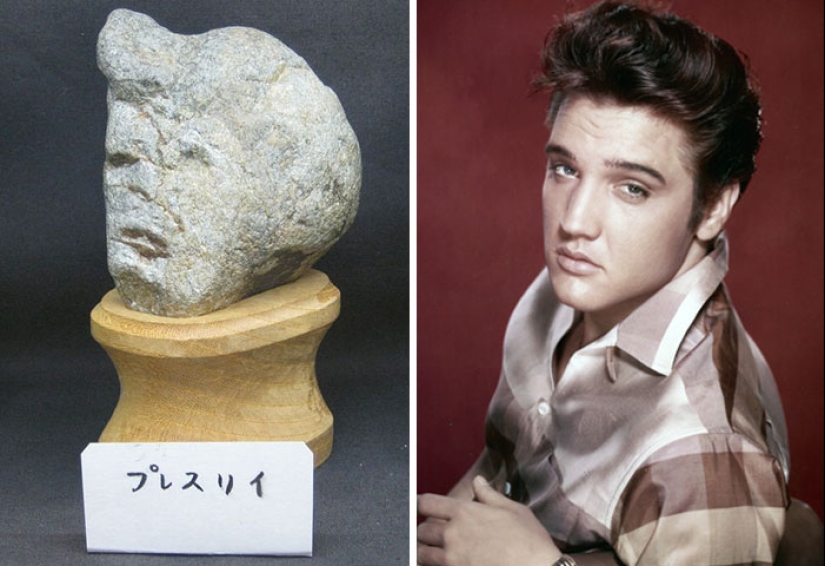
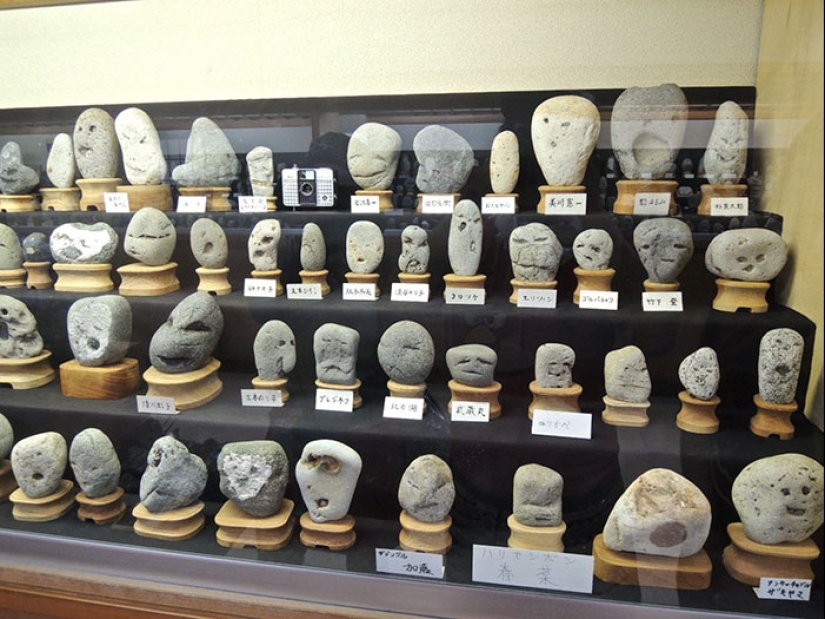
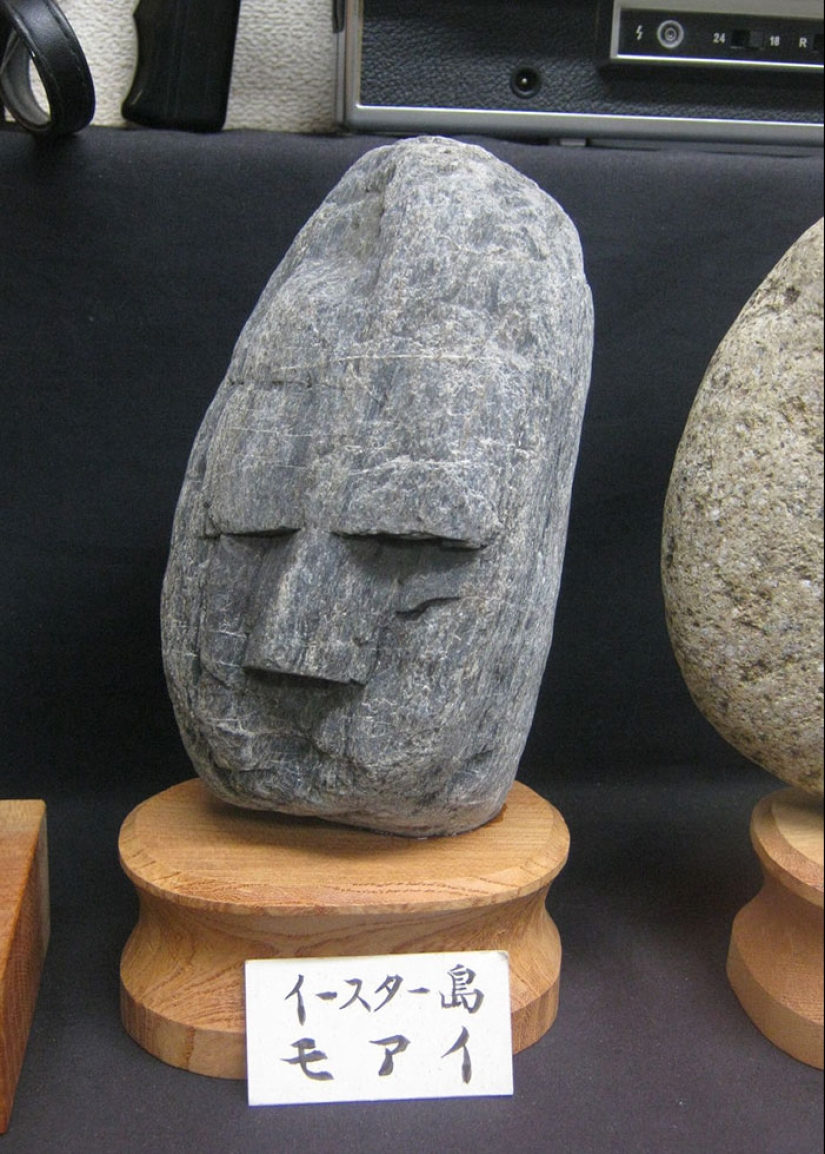
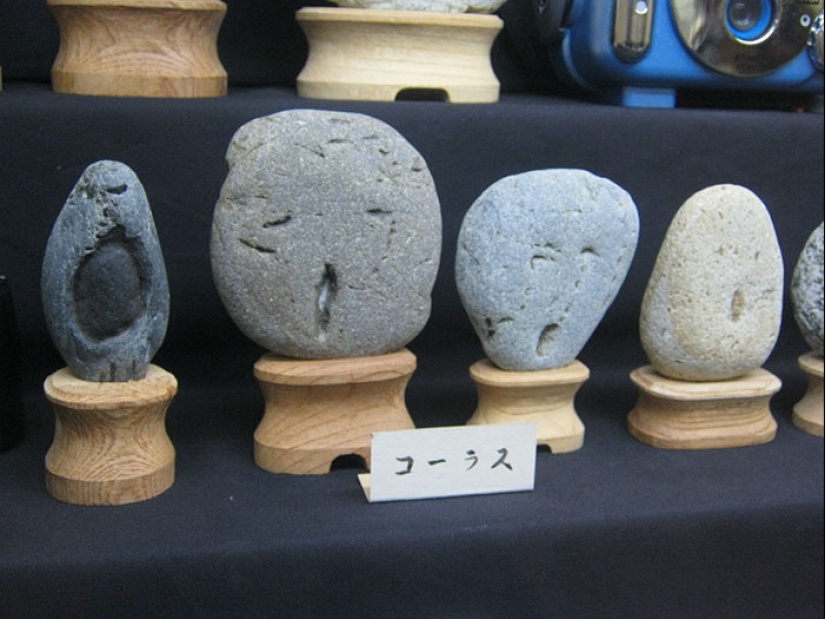
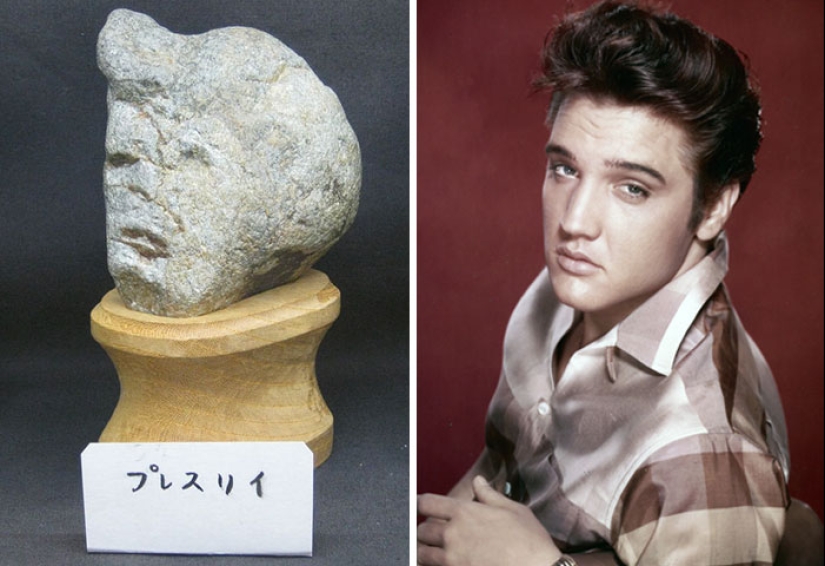
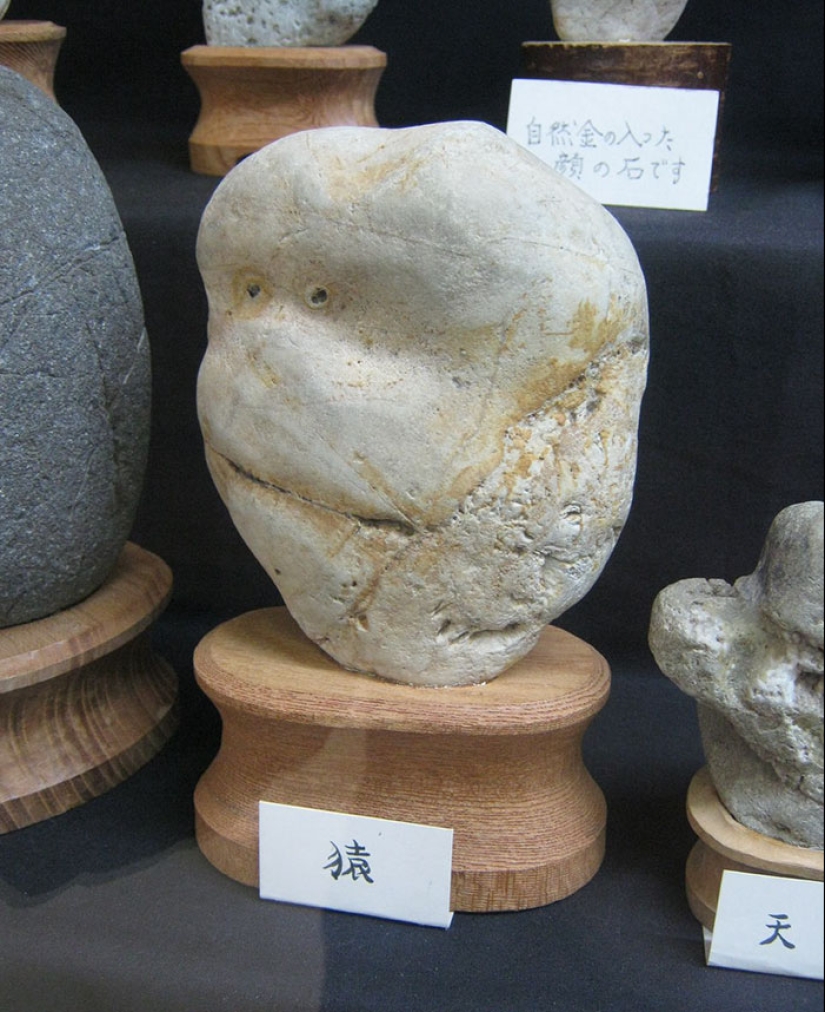
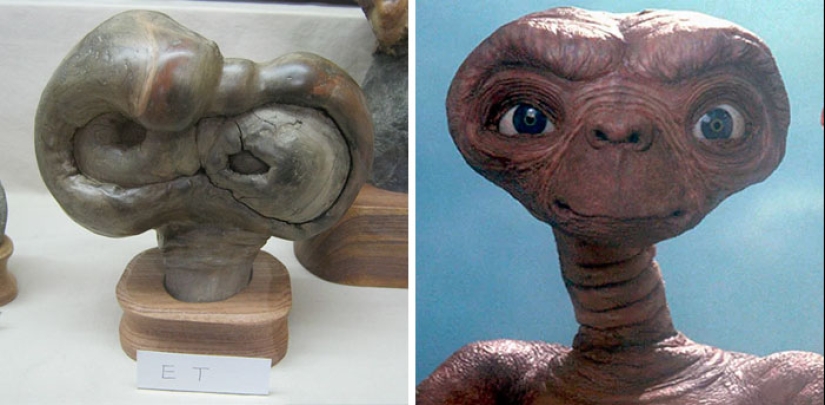
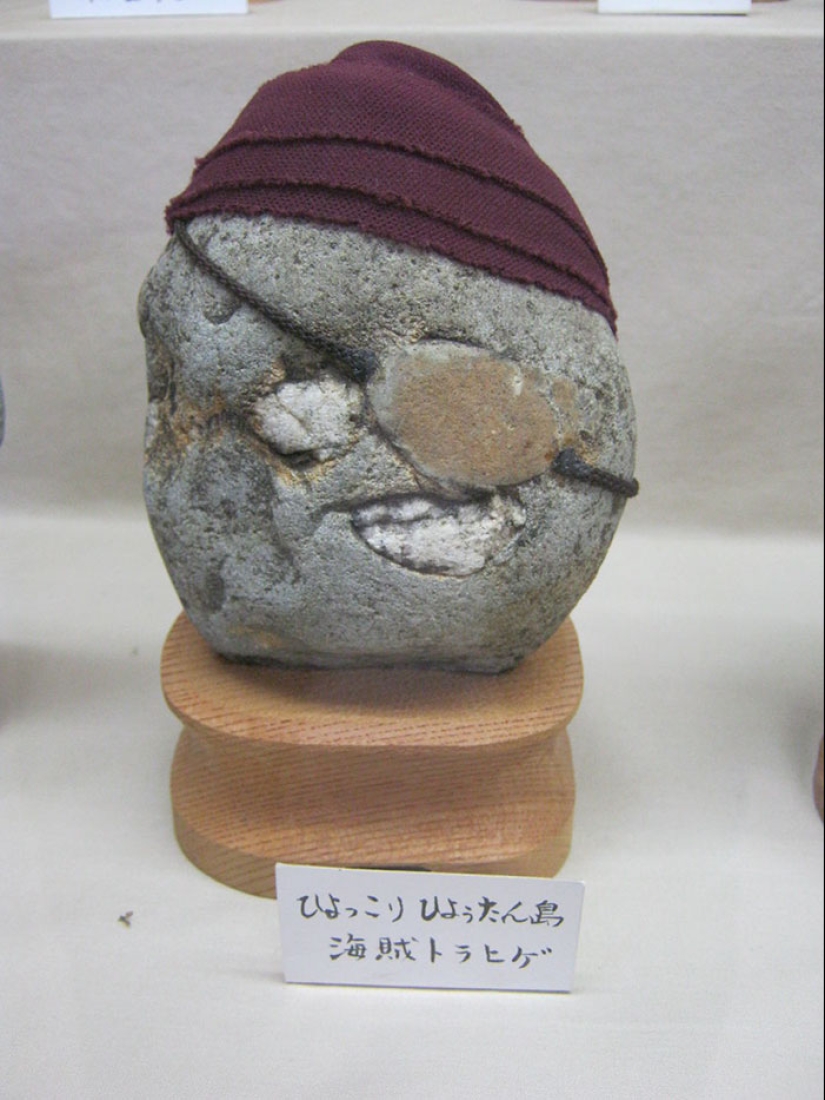

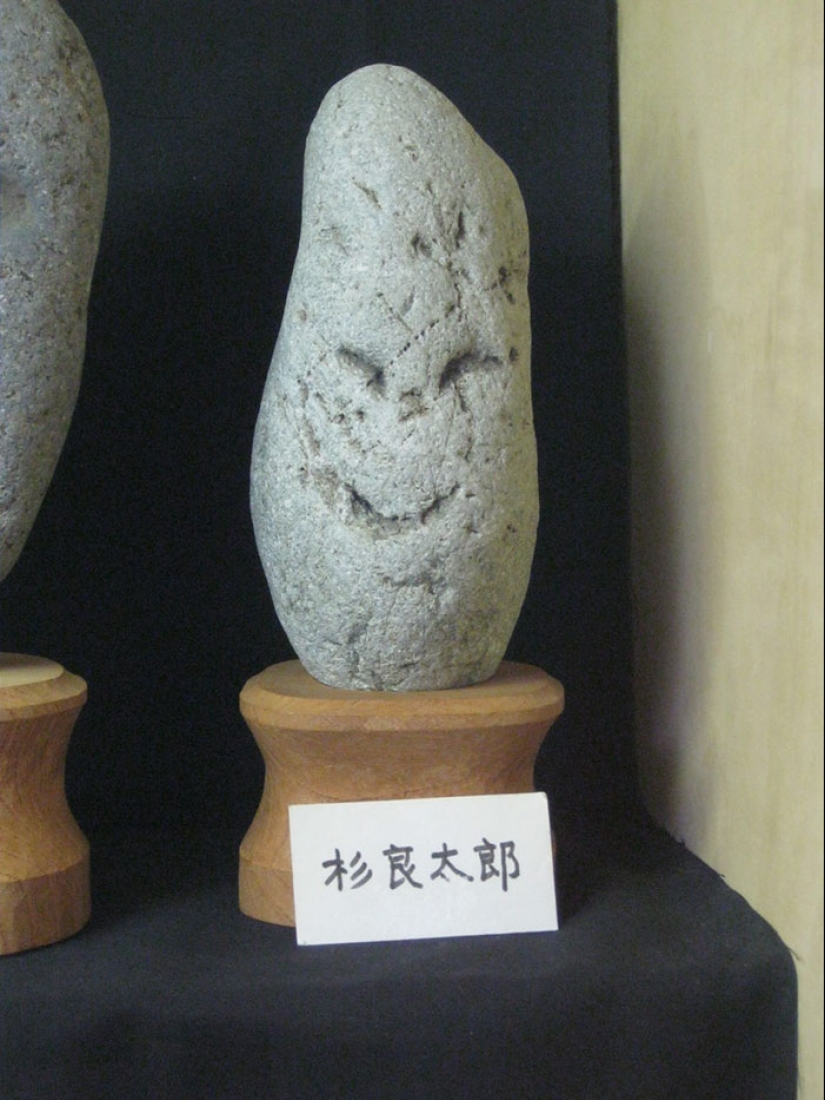
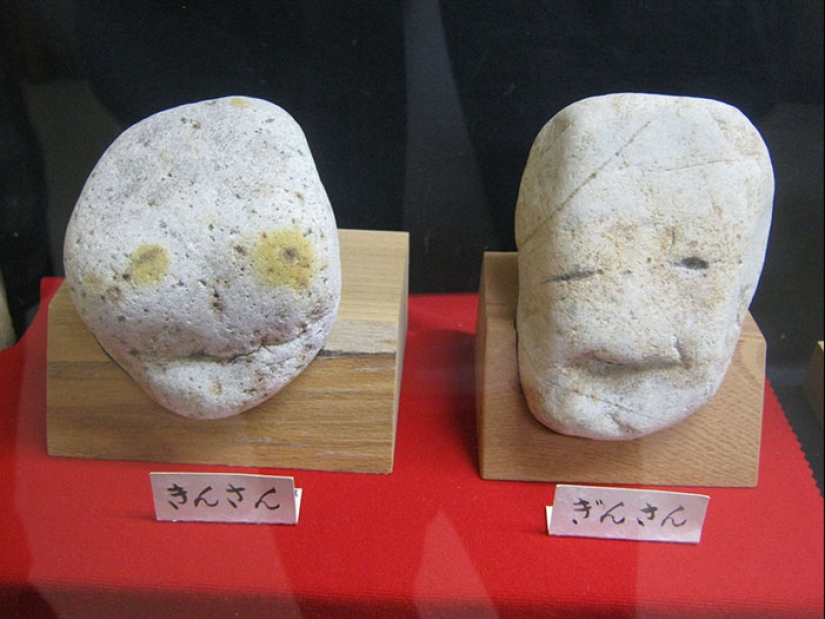
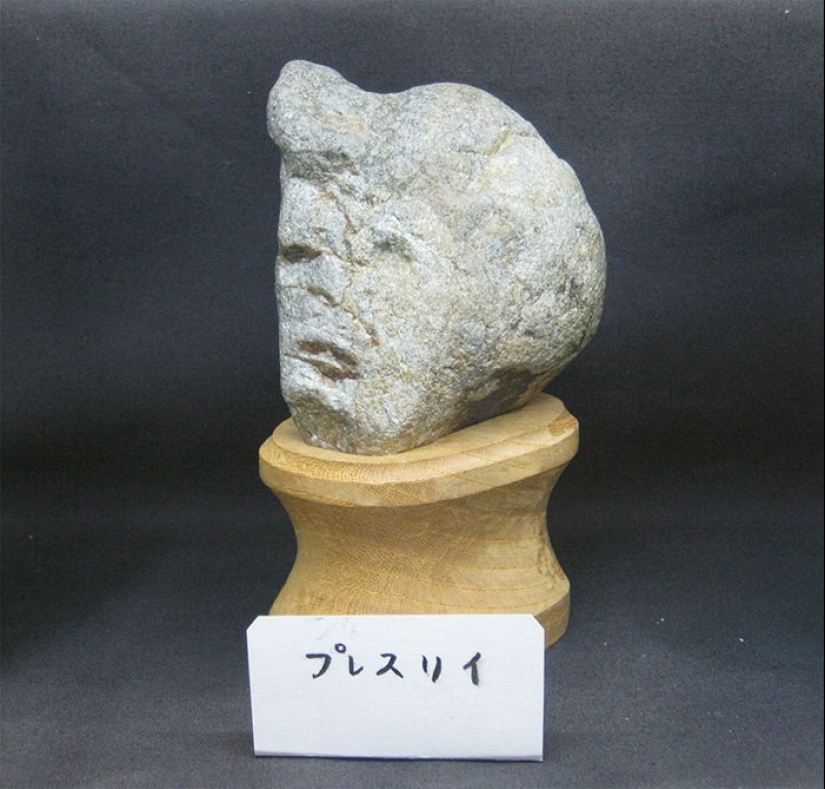
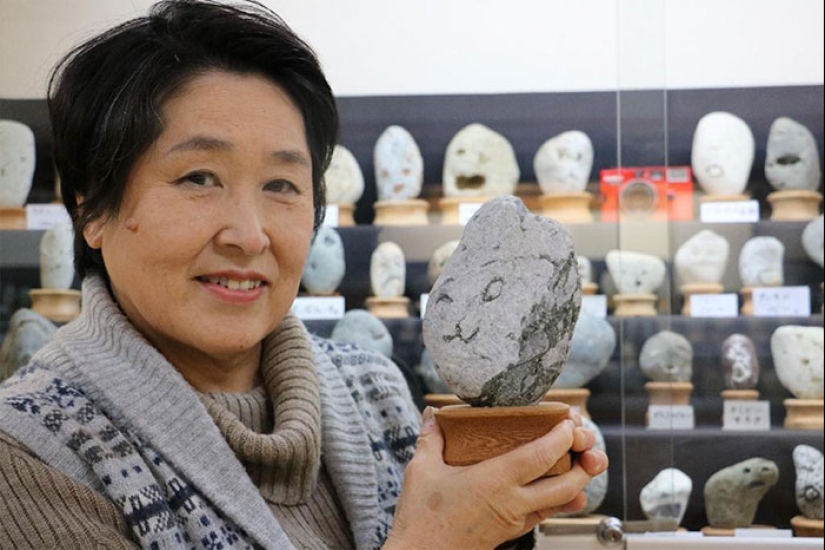
Recent articles

Illustrator from Canada Mark Gagne (Mark Gagne) presented a series of works called "Ink Photography" (Inked Photography). If you ...

Someone thinks that perfectionism is a disease that should be treated. Someone, on the contrary, teaches others how to restore ...

Although body positivity is actively promoted to the masses these days, slim figures remain trendy. Even those who demonstrate ...